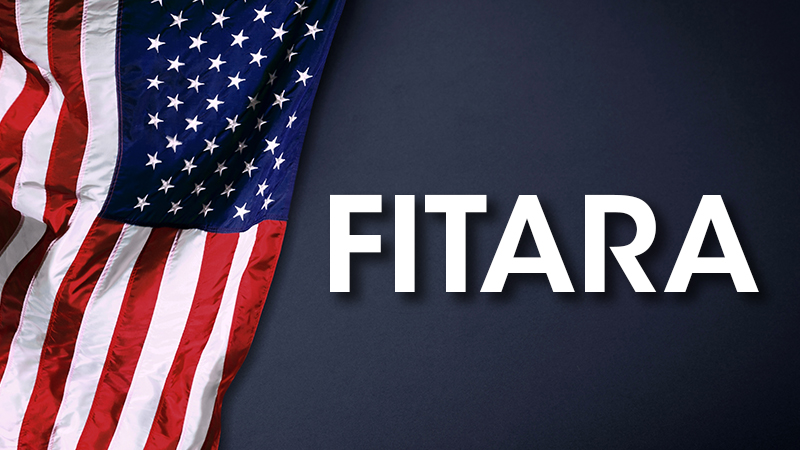
Topline results in the 11th edition of the FITARA Scorecard issued today show more agencies declining than improving. But a deeper look into the scorecard shows that agencies are mostly holding steady, and that grading trends are mainly related to changes with how the House Oversight and Reform Committee scores agencies and their IT progress.
The easiest way to make sense of the committee’s multicolored scorecard is to view MeriTalk’s FITARA Dashboard.
DCOI Improvements, EIS Addition Help Three Agencies
While more agencies saw declining scores than improving scores, the agencies that made gains in the latest version of the FITARA Scorecard have two things in common – they improved their scores on the Data Center Optimization Initiative (DCOI) metric, and scored an “A” on the new Enterprise Infrastructure Solutions (EIS) metric.
The biggest jump comes from the Department of Health and Human Services (HHS), which moved from a “C-” to a “B” grade overall, in part by improving its DCOI score from a “C” to an “A.” HHS was also one of the eight agencies to get an “A” grade from the committee in the EIS category – making the transition from having an “A” in the now-retired MEGABYTE metric an easy one for the department’s FITARA score. The final improvement in HHS’ grade stems from a closer reporting relationship between the CIO and the agency head – not formalized enough for a “B+” grade, but enough to earn a “B.”
The Department of Veterans Affairs (VA) made similar improvements in its FITARA grade, bringing its overall score up from a “C+” to a “B+” grade. Pushing that progress was the jump from an “F” to an “A” in the agency’s DCOI score, setting the stage for a better overall mark. VA also notched an “A” in the EIS metric, keeping the department’s score steady after losing the “A” it notched in MEGABYTE on the previous scorecard.
Also making a big move is the Department of Labor (DOL), which moved from “C-” to a “B-” score overall. DOL improved its score by moving from an “F” to an “A” on incremental development, improving its DCOI score to an “A,” and notching an “A” on its adoption of EIS. However, the agency suffers from not having the CIO report to the Secretary of Labor – taking a full letter grade off what would otherwise be an overall “A” on the scorecard.
Most Agency Declines Stem from EIS Replacing MEGABYTE
The committee’s decision to remove the MEGABYTE metric on FITARA – a category that agencies usually scored very well on – and replace it with a metric on how agencies are moving to the EIS contract led to a lower category score for 15 agencies.
One of the most prominent EIS-related declines came from the General Services Administration (GSA) – the agency that is administering the EIS contract and pushing agencies to move away from the NETWORX contract that will be sunsetting in 2023. GSA lost its “A+” grade overall due to its low score on EIS migration – a “D” – despite generating high scores across the rest of the metrics.
Outside of GSA, low scores on the EIS metric knocked a letter grade off for the Department of Commerce (“B+” to “C+”), the Small Business Administration (“B+” to “C+”), USAID (“A” to “B”), and the Social Security Administration (“B+” to a “C+”).
Small Improvements Underlie Steady Grades
While the inclusion of the EIS category brought most agency scores down, many agencies generated small improvements in other categories, which kept overall grades relatively steady.
The biggest improvements came in the DCOI metric, where 19 agencies now have an “A” grade. Seven of those top grades are new to this edition of the scorecard, and several helped agencies improve their overall score as mentioned above, but improvements also came at the Department of Energy, the Department of the Treasury, and the Department of Homeland Security, among others.
